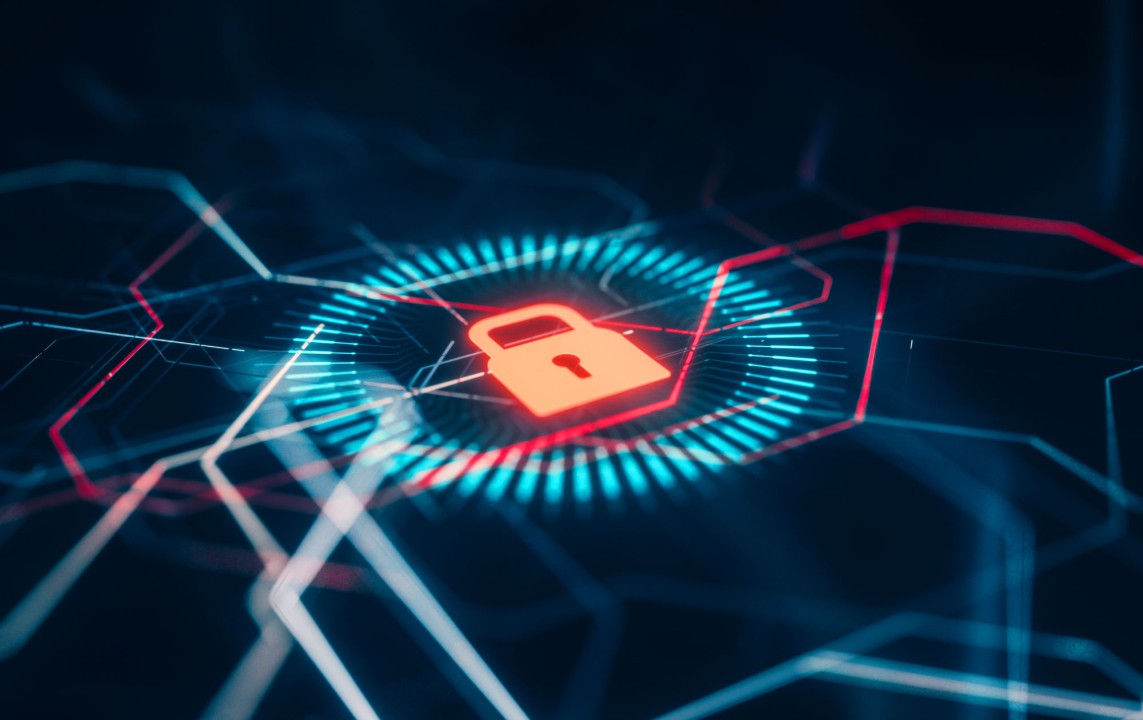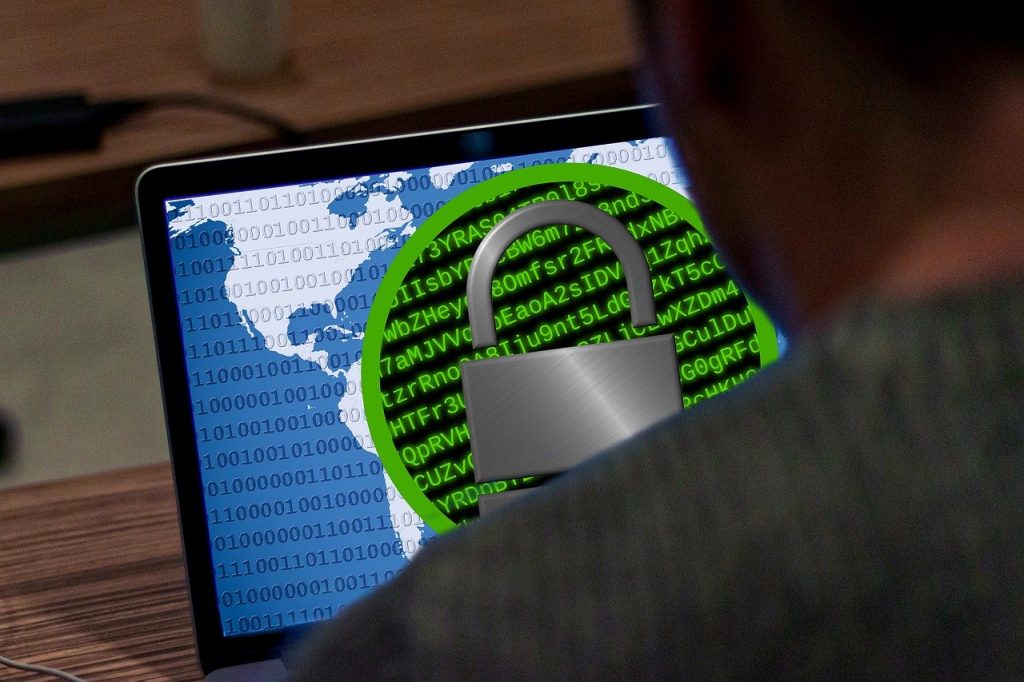
Educating Users In Prevention Of Cyber Attacks!
Cyber attacks refer to malicious activities carried out by individuals or groups with the intent to compromise computer systems, networks, or data. These attacks encompass a wide range of tactics, including malware infections, phishing, ransomware, denial-of-service (DoS) attacks, and social engineering. Cyber attacks can result in financial losses, data breaches, operational disruptions, and reputational damage.
They target individuals, businesses, government entities, and critical infrastructure. To defend against cyber attacks, organizations must employ robust cybersecurity measures, including firewalls, intrusion detection systems, encryption, employee training, and incident response plans. Staying vigilant and adopting proactive security measures is crucial in today’s digital landscape.
Causes of Cyber Attacks: Understanding the Underlying Factors
Cyber attacks have become increasingly prevalent and sophisticated, posing significant threats to individuals, organizations, and governments. To effectively address and mitigate cyber attacks, it is important to understand the underlying causes driving these malicious activities. Here, we explore the key causes of cyber attacks, shedding light on the motivations and factors that contribute to their occurrence.
Financial Gain:
One of the primary causes of cyber attacks is financial gain. Cybercriminals target organizations to steal sensitive data, such as credit card information, intellectual property, or personal data, which can be sold on the dark web or used for fraudulent purposes.
Hacktivism:
Cyber attacks are sometimes driven by ideological or political motivations. Hacktivist groups may target organizations or governments to make a political statement, expose corruption, or advocate for social causes. These attacks aim to disrupt operations and draw attention to their cause.
Nation-State Espionage:
State-sponsored cyber attacks are carried out by governments or their agencies for intelligence gathering, economic espionage, or sabotage purposes. These attacks target other countries, organizations, or critical infrastructure to gain a strategic advantage or further political interests.
Cyber Warfare:
In the realm of international conflicts, cyber-attacks are used as weapons of warfare. Nation-states engage in offensive cyber operations to disrupt enemy communication networks, critical infrastructure, or military systems, aiming to gain military or political advantage.
Insider Threats:
Internal actors, including disgruntled employees, contractors, or partners, can cause cyber attacks. Insider threats may be driven by financial gain, revenge, or personal motives. These individuals have privileged access and knowledge, making them capable of inflicting significant damage.
Exploiting Vulnerabilities:
Cyber attacks often exploit vulnerabilities in software, networks, or systems. Attackers leverage unpatched software, weak passwords, or misconfigurations to gain unauthorized access or execute malicious code. Organizations that neglect security updates or fail to implement proper security controls become easy targets.
Social Engineering:
Social engineering involves manipulating human psychology to deceive individuals into taking actions that benefit the attacker. Techniques such as phishing, pretexting, or baiting exploit the human trust, curiosity, or fear, tricking individuals into revealing sensitive information or granting unauthorized access.
Lack of Security Awareness and Training:
A lack of cybersecurity awareness and training among individuals and employees increases the risk of successful cyber attacks. Insufficient knowledge about phishing techniques, secure password practices, or safe browsing habits leaves individuals susceptible to social engineering tactics and unknowingly facilitating cyber-attacks.
Rapid Technological Advancements:
The rapid pace of technological advancements introduces new attack surfaces and vulnerabilities. Emerging technologies like the IoT, cloud computing, and artificial intelligence (AI) create new opportunities for cybercriminals to exploit security weaknesses and launch targeted attacks.
Cybersecurity Skills Gap:
The shortage of skilled cybersecurity professionals exacerbates the cyber threat landscape. The demand for skilled personnel exceeds the available talent pool, leaving organizations vulnerable to attacks due to insufficient resources for proactive security measures, threat detection, and incident response.
Importance Of Cybersecurity Awareness:
In today’s interconnected world, cybersecurity awareness plays a crucial role in safeguarding individuals, organizations, and societies from the ever-growing threat landscape. By understanding the importance of cybersecurity and promoting awareness, we can empower individuals to make informed decisions and take proactive measures to protect themselves and their digital environments. Here, we explore the key reasons why cybersecurity awareness is of paramount importance.
Mitigating Cyber Threats:
Cybersecurity awareness equips individuals with the knowledge to identify and mitigate cyber threats. By understanding common attack vectors, such as phishing emails, social engineering, and malware, individuals can recognize suspicious activities and adopt preventive measures to protect their devices, networks, and sensitive data.
Protecting Personal Information:
Cybersecurity awareness empowers individuals to safeguard their personal information. By understanding the significance of strong passwords, secure online transactions, and safe browsing habits; individuals can minimize the danger of identity theft, financial fraud, and unauthorized access to their personal accounts.
Preventing Data Breaches:
Awareness about data protection and privacy measures helps individuals contribute to the prevention of data breaches. By practicing secure data handling, employing encryption techniques, and following proper data disposal methods, individuals can reduce the risk of data leakage and contribute to a more secure digital ecosystem.
Safeguarding Digital Assets:
Cybersecurity awareness enables individuals to protect their digital assets, including intellectual property, creative works, and confidential business information. By understanding the value of digital assets and implementing security measures, individuals can safeguard their work, reputation, and competitive advantage.
Promoting Responsible Online Behavior:
Awareness of cybersecurity promotes responsible online behavior. By understanding the implications of online actions, individuals can refrain from engaging in illegal or unethical activities, such as cyberbullying, hacking, or participating in malicious activities, thereby fostering a safer and more inclusive online environment.
Defending Against Social Engineering Attacks:
Social engineering attacks, such as phishing and pre-texting, exploit human vulnerabilities. Cybersecurity awareness educates individuals about these tactics and trains them to be cautious when sharing sensitive information, verifying the authenticity of requests, and reporting suspicious activities. This helps individuals become a line of defense against social engineering attacks.
Supporting Organizational Security:
Cybersecurity awareness extends beyond individual responsibility; it is vital for organizations as well. Employees who are educated about cybersecurity risks and best practices contribute to a strong security culture within the organization. They become proactive in identifying and reporting potential threats, reducing the risk of successful attacks and data breaches.
Nurturing a Cybersecurity Mindset:
By fostering cybersecurity awareness, we develop a cybersecurity mindset that promotes constant vigilance and proactive risk management. This mindset encourages individuals to stay updated with the latest security trends, follow best practices, and embrace lifelong learning in the dynamic field of cybersecurity.
Prevention Of Cyber Attacks Through User Education:
User education plays a crucial role in preventing cyber attacks and fortifying the security of digital environments. By providing single ones with the necessary knowledge and skills, organizations can empower their users to identify potential threats, practice safe online behavior, and take proactive measures to mitigate risks. Here, we explore the importance of user education in preventing cyber-attacks and creating a secure digital landscape.
Understanding the Threat Landscape:
User education helps individuals understand the ever-evolving threat landscape. By staying informed about the current cyber threats, attack techniques, and emerging vulnerabilities, individuals can recognize potential risks and adapt their behavior accordingly.
Recognizing Social Engineering Tactics:
User education raises awareness about social engineering tactics employed by cybercriminals. By understanding phishing emails, fake websites, and phone scams, individuals can develop a healthy skepticism and become adept at identifying and avoiding potential traps.
Strong Password Management:
Education emphasizes the importance of strong password management. Individuals learn to create complex passwords, use password managers, and implement multi-factor authentication (MFA). These practices significantly reduce the risk of unauthorized access to accounts and sensitive data.
Safe Internet Browsing:
User education teaches individuals about safe Internet browsing habits. This includes avoiding suspicious websites, refraining from clicking on unknown links, and being cautious while downloading files or software. By practicing safe browsing, individuals can mitigate the risk of malware infections and drive-by downloads.
Email Security:
Education highlights the significance of email security. Individuals learn to identify suspicious email attachments, avoid clicking on links from unknown sources, and verify email senders. By adopting these practices, individuals can protect themselves from email-based threats such as phishing, malware distribution, and ransomware attacks.
Mobile Device Security:
User education addresses mobile device security, emphasizing the need for strong passwords, regular software updates, and cautious app installations. Individuals are educated about the risks of public Wi-Fi networks and the importance of using VPNs for secure browsing on mobile devices.
Data Protection and Privacy:
Education emphasizes the importance of data protection and privacy. Individuals learn to handle sensitive information securely, encrypt files, and understand privacy settings in online platforms. By practicing data protection measures, individuals contribute to the prevention of data breaches and unauthorized access.
Incident Reporting and Response:
User education encourages individuals to report any suspicious activities promptly. By establishing clear communication channels and incident reporting procedures, organizations can gather critical information and respond swiftly to potential cyber threats, minimizing their impact.
Ongoing Training and Awareness:
Education should be an ongoing process. Regular training sessions, newsletters, and simulated phishing exercises help reinforce cybersecurity knowledge and keep individuals up to date with evolving threats. This continuous education ensures that individuals remain vigilant and proactive in their cybersecurity practices.
Building a Security Culture:
User education plays a pivotal role in building a security culture within organizations. By fostering a mindset of cybersecurity awareness and responsibility, organizations can create a collaborative environment where everyone understands their role in preventing cyber attacks and actively contributes to a secure digital ecosystem.
FAQs:
Why is user education important in preventing cyber-attacks?
User education is crucial in preventing cyber attacks as it empowers individuals with the knowledge and skills to recognize potential threats, practice safe online behavior, and take proactive measures. By educating users, organizations can create a stronger defense against cybercriminals and minimize the risk of successful attacks.
What are the key topics that user education should cover?
User education should cover a range of topics, including understanding the threat landscape, recognizing social engineering tactics, strong password management, safe internet browsing, email security, mobile device security, data protection, and privacy, incident reporting, and ongoing training and awareness.
How can user education help in mitigating the risks of phishing attacks?
User education can help individuals identify phishing emails, avoid clicking on suspicious links, and verify the authenticity of senders. By raising awareness about common phishing tactics, users can develop a healthy skepticism and take necessary precautions to protect themselves and their sensitive information.
What role does user education play in mobile device security?
User education is vital in mobile device security as it promotes best practices such as setting strong passwords, regularly updating software, being cautious of app installations, and using virtual private networks (VPNs) for secure browsing. By educating users, organizations can enhance the security of mobile devices and reduce the risk of mobile-based cyber attacks.
How can user education contribute to building a security culture?
User education fosters a security culture by instilling a mindset of cybersecurity awareness and responsibility. When individuals are educated about the importance of cybersecurity, they become active participants in preventing cyber attacks. By creating a security-conscious environment, organizations can strengthen their overall security posture and promote a collective effort to maintain a secure digital ecosystem.
Conclusion:
In conclusion, educating users in the prevention of cyber attacks is of paramount importance in today’s digital landscape. By providing individuals with the necessary knowledge, skills, and best practices, organizations can empower their users to become the first line of defense against cyber threats. User education enables individuals to recognize potential risks, practice safe online behavior, and take proactive measures to mitigate cyber-attacks.
It fosters a security-conscious culture where individuals understand their role in protecting themselves and their digital environments. Through ongoing training, awareness campaigns, and a collaborative effort, we can create a resilient defense against cyber attacks and promote a safer digital ecosystem for all.



